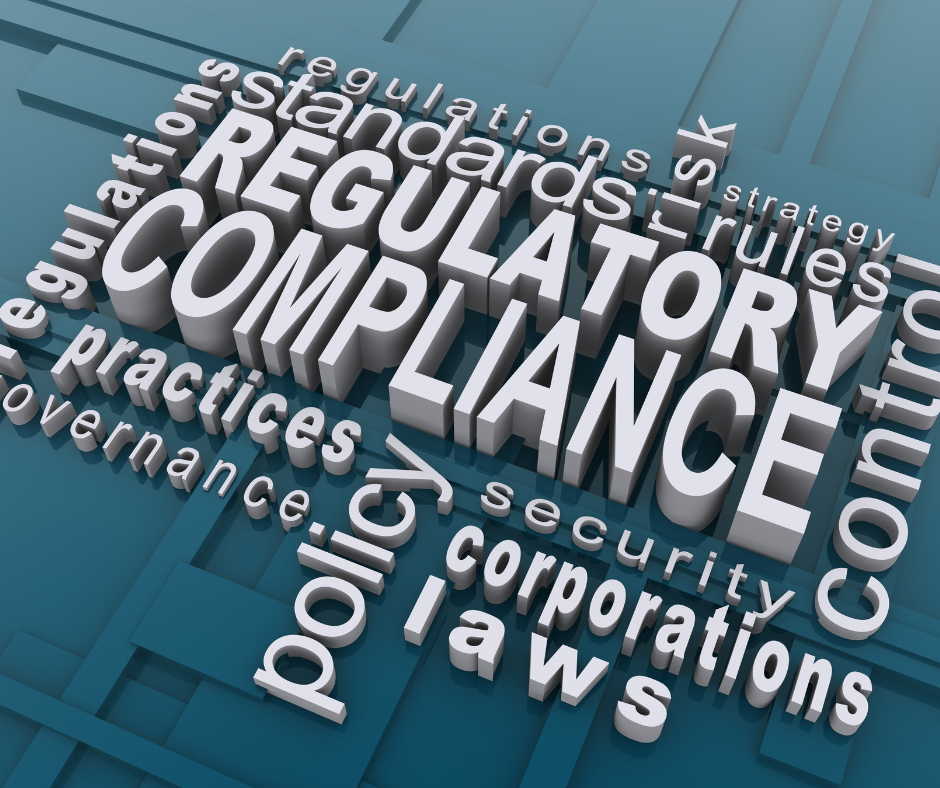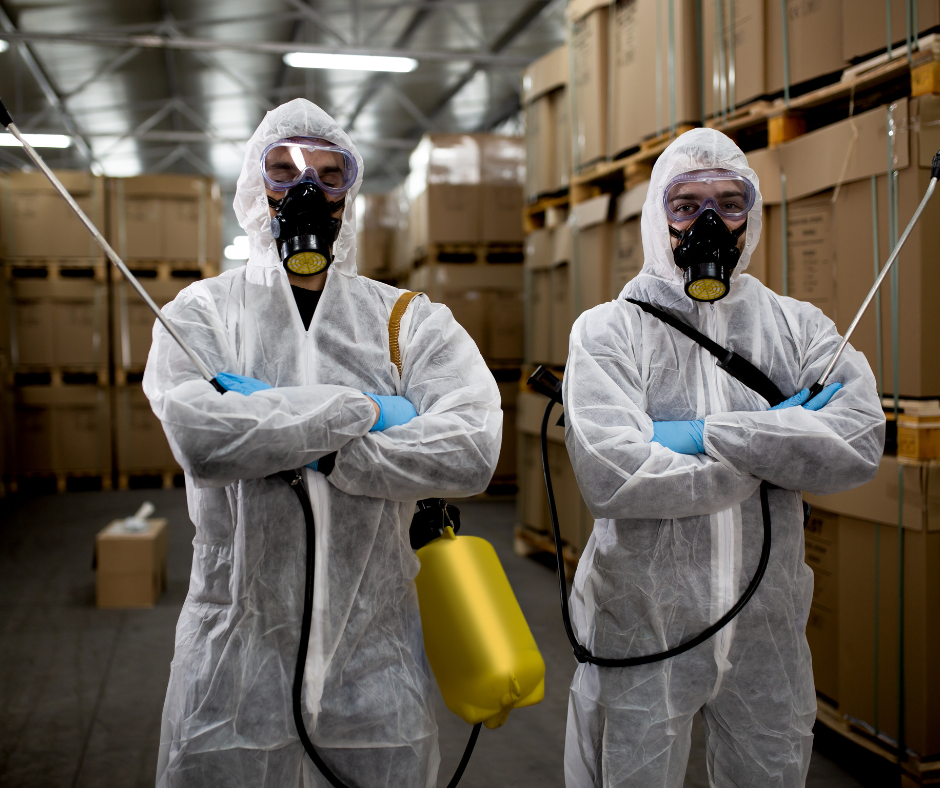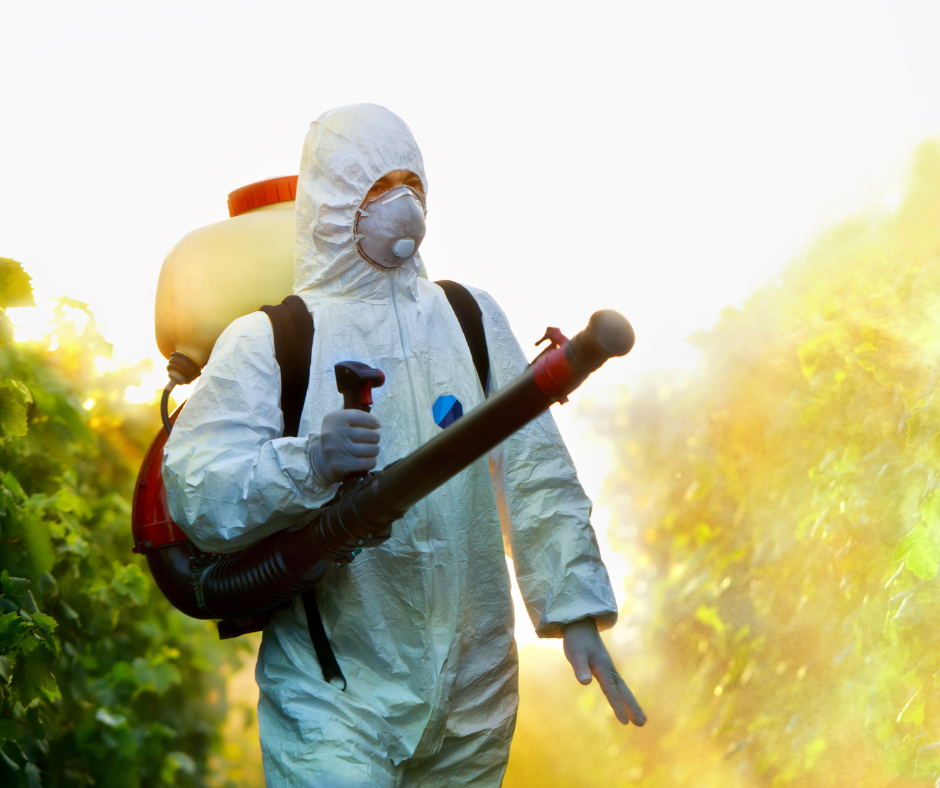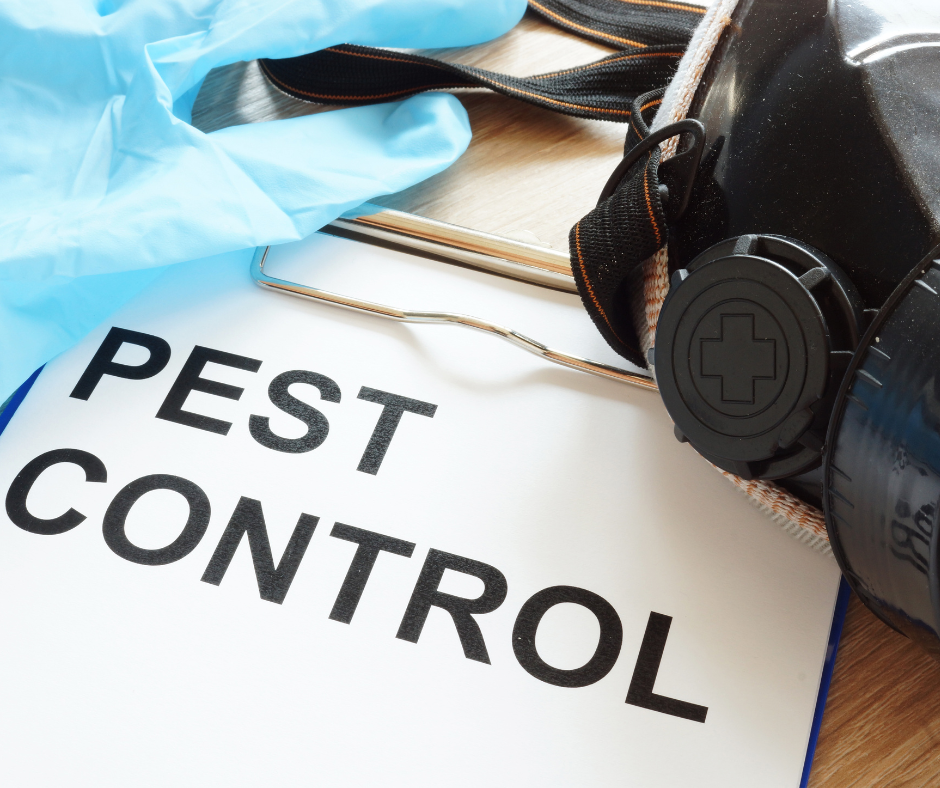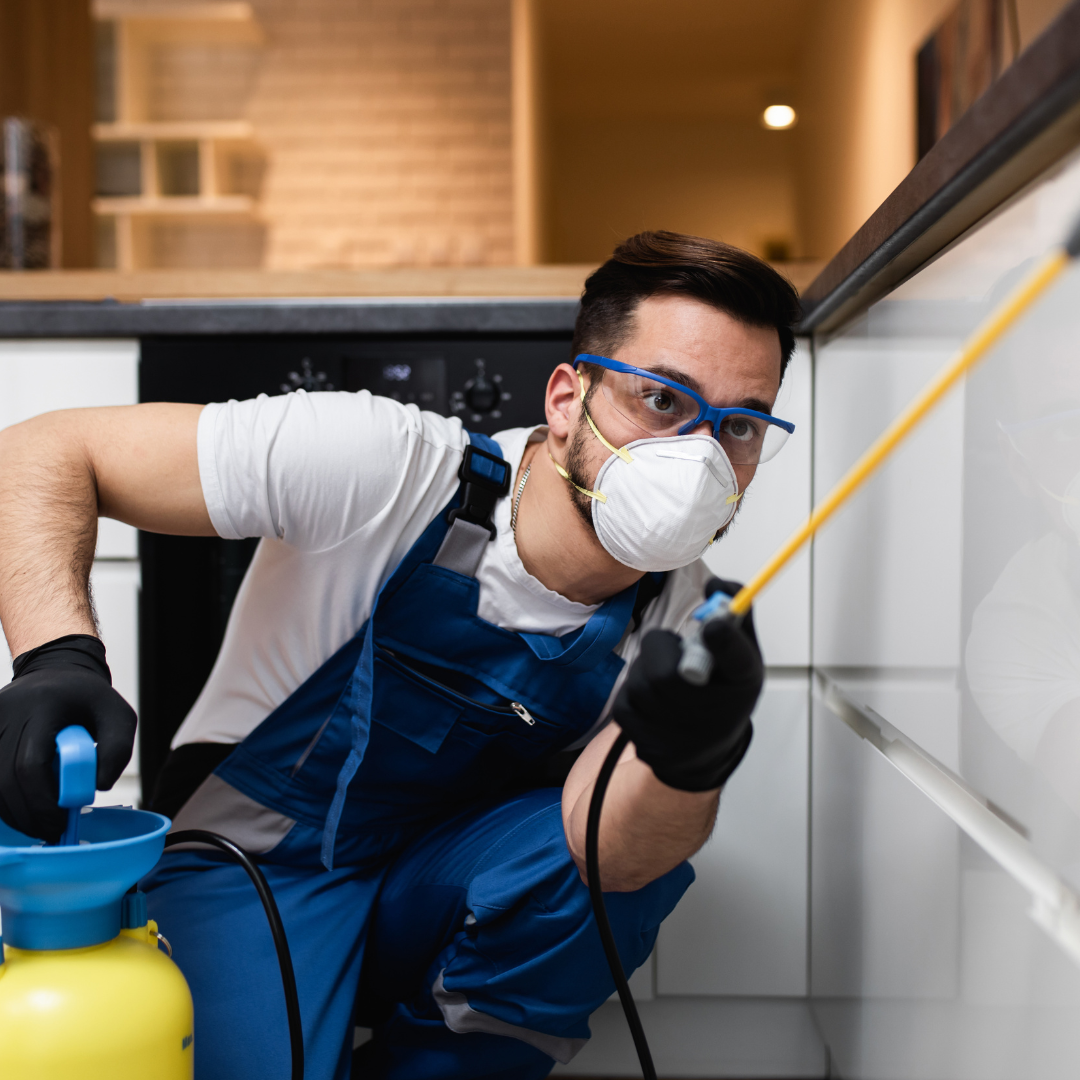Pest control chemical production processes involve the manufacturing of various chemicals used to control pests, such as insects, rodents, and other unwanted animals. These chemicals can be used in a variety of settings, such as homes, commercial buildings, and agricultural operations.
Streamlining pest control chemical production processes is important for several reasons:
- Efficiency: Streamlining processes can help to improve efficiency, reduce waste, and increase productivity, ultimately leading to cost savings.
- Quality: Standardizing processes, implementing quality control measures, and using high-quality raw materials can help to ensure consistent quality in the products.
- Safety: Proper training of employees and implementing quality control measures can help to ensure that the chemicals produced are safe for use.
- Customer satisfaction: Improving efficiency and quality can lead to increased customer satisfaction and loyalty.
- Compliance: Compliance with regulatory requirements and industry standards is essential to ensure that the products produced are safe and effective.
Overall, streamlining pest control chemical production processes can lead to a more efficient, safe, and cost-effective operation, which can help to ensure the long-term success of the business.
Here are 10 tips for streamlining pest control chemical production processes:
- Creating a visual map of your production process can help identify bottlenecks and areas for improvement.
- Review each step in the production process and eliminate any steps that are not essential.
- Standardizing processes can improve efficiency and reduce errors.
- Grouping similar tasks together can save time and reduce errors.
- Quality control measures can help catch errors early and reduce waste.
- Properly trained employees can help improve efficiency and reduce errors.
- High-quality raw materials can reduce the need for rework or product recalls.
- Keeping track of inventory levels can prevent shortages or overstocking, reducing waste and saving money.
- Automating tasks such as measuring, mixing, and packaging can reduce labor costs and improve consistency.
- Regularly review and evaluate your production processes to identify areas for improvement and make changes as needed.
By implementing these tips, pest control chemical manufacturers can improve efficiency, reduce waste, and improve the quality of their products.
In this article, we will look at these 10 steps more in details
- Map out your production process
- Identify and eliminate unnecessary steps
- Standardize processes
- Use batch processing
- Implement quality control measures
- Train employees on proper processes
- Use high-quality raw materials
- Monitor inventory levels
- Use automation where possible
- Continuously evaluate and improve processes
- How can Deskera Help You?
- Conclusion
- Related Articles
Map out your production process
Mapping out your production process involves creating a visual representation of the steps involved in producing your pest control chemical products. This process map can help you identify bottlenecks, inefficiencies, and areas for improvement in your production process.
To map out your production process, follow these steps:
- Start by identifying the inputs and outputs of your production process. This includes the raw materials, labor, and equipment needed to produce your products, as well as the finished products themselves.
- Identify the major steps involved in the production process. This might include mixing, filling, packaging, labeling, and quality control.
- Break down each major step into smaller sub-steps. For example, the mixing step might involve measuring out ingredients, mixing them together, and testing the mixture for quality.
- Create a flowchart or process map that shows the sequence of steps in your production process. You can use software tools such as Microsoft Visio or Lucidchart to create your map.
- Identify areas for improvement. Look for steps in the process that are slow, inefficient, or prone to errors. Also, look for opportunities to standardize processes or automate tasks.
- Make changes to the production process as needed. Based on your analysis, make changes to the production process to improve efficiency, reduce waste, and improve the quality of your products.
By mapping out your production process, you can gain a better understanding of how your pest control chemical products are produced, identify areas for improvement, and make changes that can help streamline your production process.
Identify and eliminate unnecessary steps
Identifying and eliminating unnecessary steps in your pest control chemical production process can help reduce waste, improve efficiency, and save time and money. Here are some steps you can take to identify and eliminate unnecessary steps:
- Review your process map: Review the process map you created when mapping out your production process. Look for steps that seem unnecessary or redundant.
- Identify the purpose of each step: Determine the purpose of each step in your production process. Ask yourself, "What is the reason for this step? What value does it add?"
- Evaluate each step: Evaluate each step and determine if it is necessary to achieve the desired outcome. If a step is not necessary, consider eliminating it.
- Consult with employees: Talk to employees who are involved in the production process to get their input. They may be able to identify steps that are unnecessary or redundant.
- Experiment with process changes: Experiment with changes to the production process to determine if they result in the same or better outcomes. For example, you may be able to combine two steps into one or eliminate a step altogether.
- Monitor results: Monitor the results of process changes to determine if they are effective. If a change is not effective, consider reverting back to the previous process or trying a different approach.
You can reduce waste, improve efficiency, and increase productivity by identifying and eliminating unnecessary steps in your pest control chemical production process. However, it's important to carefully evaluate each step to ensure that eliminating it does not negatively impact the quality or safety of your products.
Standardize processes
Standardizing processes in your pest control chemical production can help reduce errors and variability, improve efficiency, and ensure consistent quality. Here are some steps you can take to standardize processes:
- Create a standard operating procedure (SOP): An SOP is a written document that outlines the steps and procedures for performing a task. Create an SOP for each major step in your production process.
- Clearly define each step: Clearly define each step in the SOP, including the purpose of the step, the equipment and materials required, and the expected outcome.
- Use visual aids: Consider using visual aids such as diagrams or flowcharts to illustrate each step in the SOP.
- Train employees: Train employees on the SOPs for each process to ensure that they understand the procedures and can perform them consistently.
- Monitor compliance: Monitor compliance with the SOPs to ensure that they are being followed consistently. This can include regular inspections, audits, and spot checks.
- Continuously review and update SOPs: Continuously review and update the SOPs to ensure that they are up-to-date and reflect changes in the production process.
By standardizing processes in your pest control chemical production, you can improve efficiency, reduce errors, and ensure consistent quality. This can lead to cost savings, improved customer satisfaction, and increased profitability.
Use batch processing
Batch processing is a method of production in which a specific quantity of a product is produced at one time. In the pest control chemical industry, batch processing can help improve efficiency, reduce waste, and ensure consistency in product quality. Here are some tips for using batch processing:
- Determine the appropriate batch size: Determine the appropriate batch size based on the capacity of your equipment and the demand for your products.
- Group similar products together: Group similar products together to minimize changeover time between batches. This can help reduce downtime and improve efficiency.
- Set up equipment for batch processing: Set up your equipment for batch processing by configuring it to produce a specific quantity of product at one time.
- Monitor batch performance: Monitor batch performance to ensure that it meets quality standards and to identify opportunities for improvement.
- Implement quality control measures: Implement quality control measures to ensure that each batch meets the same quality standards. This can include testing samples from each batch for consistency and purity.
- Document batch performance: Document batch performance to track the results of each batch and identify trends over time.
By using batch processing in your pest control chemical production, you can improve efficiency, reduce waste, and ensure consistency in product quality. This can help you to better meet customer demand and improve your bottom line.
Implement quality control measures
Implementing quality control measures in your pest control chemical production is critical to ensuring that your products are safe, effective, and consistent. Here are some tips for implementing quality control measures:
- Set quality standards: Set quality standards for each product based on regulatory requirements, customer expectations, and industry best practices.
- Monitor raw materials: Monitor the quality of raw materials and ingredients to ensure that they meet your quality standards.
- Test samples: Test samples from each batch of finished product for purity, potency, and other quality attributes to ensure that they meet your quality standards.
- Inspect packaging: Inspect packaging materials to ensure that they are clean, intact, and meet regulatory requirements.
- Train employees: Train employees on quality control procedures to ensure that they understand the importance of quality control and can perform quality control tasks correctly.
- Document quality control activities: Document quality control activities, including test results and inspections, to demonstrate that your products meet quality standards.
- Implement corrective actions: Implement corrective actions when quality control issues are identified to prevent the recurrence of the issue.
By implementing quality control measures in your pest control chemical production, you can ensure that your products meet regulatory requirements, customer expectations, and industry standards. This can help to build trust with customers and protect your brand reputation.
Train employees on proper processes
Training your employees on proper processes is essential for ensuring that your pest control chemical production is efficient, effective, and safe. Here are some tips for training employees:
- Develop training materials: Develop training materials that cover all aspects of the production process, including safety procedures, quality control measures, and equipment operation.
- Conduct training sessions: Conduct training sessions to teach employees how to perform their tasks correctly and safely. This can include hands-on training and demonstrations.
- Provide ongoing training: Provide ongoing training to reinforce proper procedures and to introduce new processes and equipment.
- Document training: Document employee training to ensure that all employees receive the same level of training and to demonstrate compliance with regulatory requirements.
- Monitor performance: Monitor employee performance to ensure that they are following proper procedures and to identify opportunities for improvement.
- Provide feedback: Provide feedback to employees on their performance and offer suggestions for improvement.
By training your employees on proper processes, you can improve efficiency, reduce errors, and ensure that your products meet quality standards. This can help you to build a skilled workforce that is capable of meeting customer demands and driving growth for your business.
Use high-quality raw materials
Using high-quality raw materials is important in the pest control chemical production process, as it can help ensure the effectiveness and safety of your products. Here are some tips for using high-quality raw materials:
- Identify reputable suppliers: Identify reputable suppliers who can provide high-quality raw materials that meet your quality standards.
- Inspect raw materials: Inspect raw materials upon receipt to ensure that they meet your quality standards. This can include testing for purity, potency, and other quality attributes.
- Store raw materials properly: Store raw materials in a clean, dry, and well-ventilated area that is free from contamination and exposure to light, moisture, and heat.
- Monitor expiration dates: Monitor expiration dates of raw materials to ensure that they are used before they expire.
- Implement traceability measures: Implement traceability measures to track the source and movement of raw materials throughout the production process.
- Establish quality agreements: Establish quality agreements with suppliers that clearly define quality requirements, testing procedures, and other expectations.
By using high-quality raw materials in your pest control chemical production, you can improve the safety and effectiveness of your products, reduce waste, and enhance customer satisfaction. This can help to build trust with customers and protect your brand reputation.
Monitor inventory levels
Monitoring inventory levels is important in the pest control chemical production process to ensure that you have the necessary materials and supplies to meet production demand. Here are some tips for monitoring inventory levels:
- Use inventory management software: Use inventory management software to track inventory levels and generate reports on usage and replenishment needs.
- Set minimum inventory levels: Set minimum inventory levels for each raw material and packaging material to ensure that you do not run out of stock.
- Conduct regular inventory counts: Conduct regular inventory counts to verify actual inventory levels and identify any discrepancies.
- Forecast demand: Forecast demand for your products to anticipate future inventory needs and avoid stockouts.
- Implement a replenishment plan: Implement a replenishment plan that outlines when and how to reorder materials to ensure that you have sufficient inventory levels.
- Identify slow-moving inventory: Identify slow-moving inventory and adjust inventory levels or find alternative uses for these materials.
By monitoring inventory levels in your pest control chemical production, you can ensure that you have the necessary materials and supplies to meet production demand and avoid stockouts. This can help to improve efficiency and reduce downtime, which can ultimately improve your bottom line.
Use automation where possible
Using automation where possible can help to streamline the pest control chemical production process and improve efficiency. Here are some tips for using automation:
- Identify opportunities for automation: Identify areas of the production process that can be automated, such as material handling, mixing, and packaging.
- Invest in automation equipment: Invest in automation equipment that can perform tasks more efficiently than manual labor, such as automated filling machines and labeling machines.
- Integrate automation systems: Integrate automation systems with your inventory management and quality control systems to ensure that processes are streamlined and automated from start to finish.
- Monitor automation systems: Monitor automation systems to ensure that they are functioning properly and identify any issues that may arise.
- Train employees on automation systems: Train employees on how to use and maintain automation systems to ensure that they are being used correctly and safely.
- Evaluate ROI: Evaluate the return on investment of implementing automation systems to determine the cost savings and benefits of automation.
By using automation where possible in your pest control chemical production, you can improve efficiency, reduce labor costs, and improve the accuracy and consistency of your products. This can ultimately help to improve your bottom line and enhance customer satisfaction.
Continuously evaluate and improve processes
Continuously evaluating and improving processes is important in the pest control chemical production process to ensure that you are producing high-quality products efficiently and effectively. Here are some tips for evaluating and improving processes:
- Set performance metrics: Set performance metrics for each stage of the production process, such as yield, cycle time, and defect rate.
- Collect data: Collect data on performance metrics to track progress and identify areas for improvement.
- Analyze data: Analyze data to identify trends, root causes of issues, and opportunities for improvement.
- Implement process improvements: Implement process improvements to address issues and improve performance, such as modifying equipment, adjusting procedures, or improving training.
- Monitor results: Monitor results of process improvements to ensure that they are effective and sustainable.
- Continuously evaluate and improve: Continuously evaluate and improve processes to ensure that you are producing high-quality products efficiently and effectively.
By continuously evaluating and improving processes in your pest control chemical production, you can identify opportunities for improvement, reduce waste and costs, and enhance product quality and customer satisfaction. This can help to ensure the long-term success of your business.
How can Deskera Help You?
Deskera's integrated financial planning tools allow investors to better plan their investments and track their progress. It can help investors make decisions faster and more accurately.
Deskera Books can assist you in automating your accounting and mitigating business risks. Deskera makes it easier to create invoices by automating many other procedures, reducing your team's administrative workload.
Deskera also offers a suite of integrated applications to help businesses manage their financials, inventory, and operations. Furthermore, other business aspects such as HR (Deskera People), CRM (Deskera CRM), and ERP are provided by Deskera. These could be crucial and can help short sellers keep track of their businesses and make better decisions.
Conclusion
- Pest control chemical production processes can be streamlined to improve efficiency and quality.
- Mapping out the production process and identifying unnecessary steps can help to reduce waste and improve efficiency.
- Standardizing processes, using batch processing, implementing quality control measures, and training employees can all contribute to improving processes.
- Using high-quality raw materials, monitoring inventory levels, and implementing automation where possible can also improve efficiency and reduce costs.
- Continuously evaluating and improving processes is crucial for long-term success.
Related Articles
